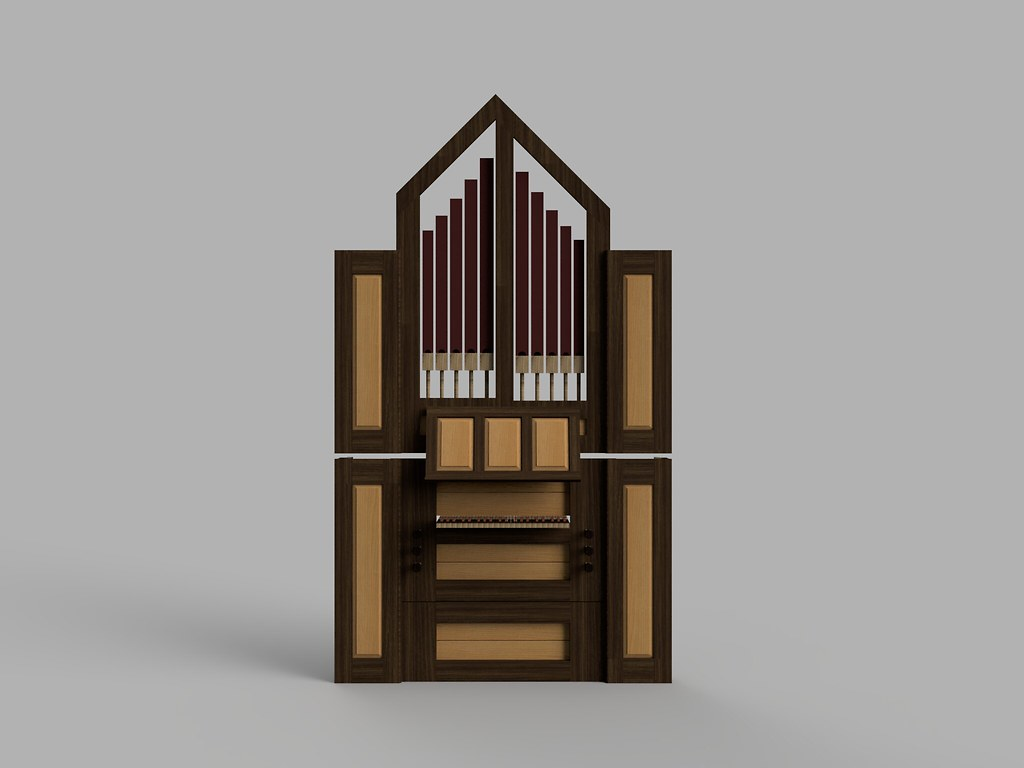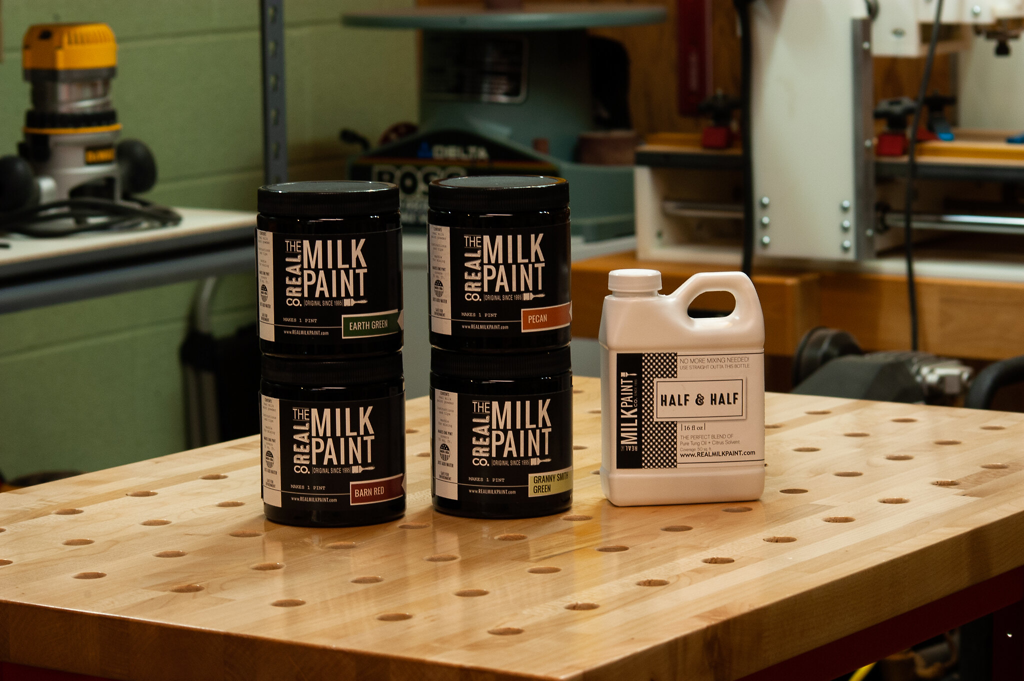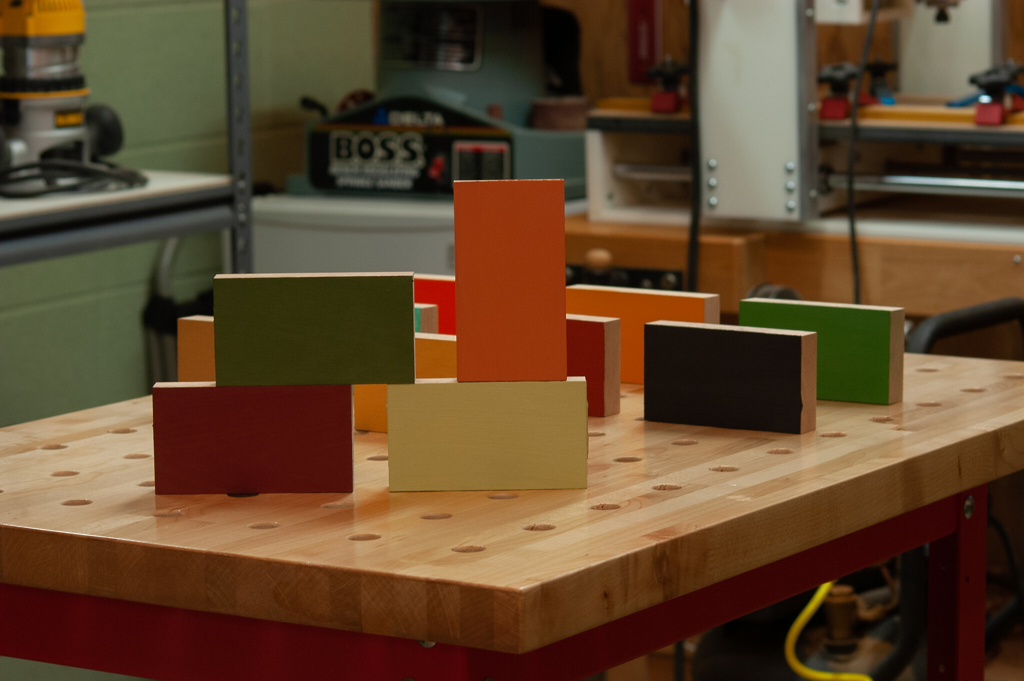An Agrarian Age Instrument, The Organ is a Bad Idea
![]() October 27, 2025 20:41
October 27, 2025 20:41
Yet once upon a time, it was an instrument that brought us together.
This is the fourteenth post published to a blog where I conduct a design study that conceptually builds a very real church here in Minneapolis, an organ they didn't ask for, using pipes taken from their existing mid-industrial era gallery organ. This design study provides me with the opportunity to develop, if only on paper, an example of my 43-note continuo for a space I am familiar with, using material I am familiar with. I was an organist there for eight years.
If you are new to my project, start here and work your way up.
The local newspaper in my hometown once ran an article about me as an organ builder when I was just starting out. A local cabinet maker framed the article for me. It still hangs on my wall. Here’s a quotation from the article.
If you are new to my project, start here and work your way up.
The local newspaper in my hometown once ran an article about me as an organ builder when I was just starting out. A local cabinet maker framed the article for me. It still hangs on my wall. Here’s a quotation from the article.
“For Panizza, the rare organ avocation is becoming an even more unusual vocation. He recently completed and installed a pipe organ at a Lutheran church in Racine and is
building a similar model for a church in Michigan.
“It is a rare niche of musical manufacturing. There never will be a mass market for pipe
organs even if they are computer designed and built with a passion that is nothing
short of love.
organs even if they are computer designed and built with a passion that is nothing
short of love.
“That doesn't matter to Panizza. He found his purpose in pipe organ construction a
craft that is, perhaps, no less anachronistic than the production of really good
sundials.
craft that is, perhaps, no less anachronistic than the production of really good
sundials.
“Think of Panizza as a lone tradesman, armed with an Agrarian Age instrument, on the
final battleground against mass-produced mediocrity. Yet he has a confidence that
comes from a growing public interest in all things historical, from sundials to pipe
organs.”
final battleground against mass-produced mediocrity. Yet he has a confidence that
comes from a growing public interest in all things historical, from sundials to pipe
organs.”
I get two things from this quote. That organ building was thought of by the article’s author as no less anachronistic than the production of really good sundials, and that I was a tradesman, armed with an Agrarian Age instrument, on the final battleground against mass-produced mediocrity.
I like that the author of the article considered the organ an instrument of the Agrarian Age. That's how I see it, too, the instrument described in the book “English Chamber Organ: History and Development 1650-1850” by Michael Wilson, not the Industrial Age instrument discussed in the book “Organ-Stops and Their Artistic Registration” by George Ashdown Audsley.
Forget being no less anachronistic than the production of really good sundials. In previous entries, I talked about my 43-note continuo design as space-efficient, cost-effective, and a tool for building community through engagement.
I like that the author of the article considered the organ an instrument of the Agrarian Age. That's how I see it, too, the instrument described in the book “English Chamber Organ: History and Development 1650-1850” by Michael Wilson, not the Industrial Age instrument discussed in the book “Organ-Stops and Their Artistic Registration” by George Ashdown Audsley.
Forget being no less anachronistic than the production of really good sundials. In previous entries, I talked about my 43-note continuo design as space-efficient, cost-effective, and a tool for building community through engagement.
Posted October 27, 2025 20:41
Add Your Comment
Already signed up? Login.
Reuse and Recycle: The Story of a 43-Note Build
by Steve Panizza
Recent Blog Entries
Archive




